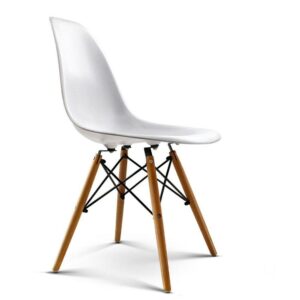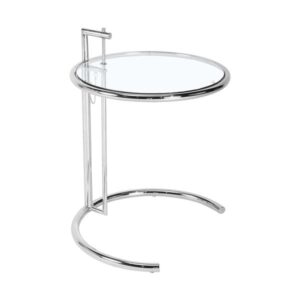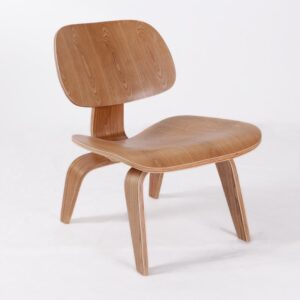One of the most famous pieces of Bauhaus furniture is the Barcelona Chair. Ludwig Mies van der Rohe, a German-American architect, created it. He created it in 1929 for the International Exhibition in Spain. Although many architects and furniture designers of the Bauhaus era were anxious to provide the common man with well-designed houses and impeccably crafted furniture, the Barcelona chair was an exception.
The Barcelona Chair is one of the most famous objects of the last century and an icon of modern movement. It is an homage to the combination of design and craftsmanship. The Barcelona chair was designed in 1929 by Ludwig Mies van der Rohe and Lilly Reich (his partner and only woman invited to teach at the Bauhaus School) for the German pavilion at the Barcelona World’s Fair, which was also designed by Mies van der Rohe. The cantilevered seat and backrest of the original chairs were upholstered in white goatskin with frame and button details. Although many architects and furniture designers of the Bauhaus era were anxious to provide the “common man” with well-designed houses and impeccably crafted furniture, the Barcelona chair was an exception.
The clean lines accentuate the Barcelona chair by removing unnecessary armrests and adding to the function by opening the design to take on a comfortable, curved shape. The chair was first used at Villa Tugendhat, a private residence designed by Mies in Brno (Czech Republic). The Barcelona chair was designed according to the technological possibilities of the time; the metal part initially consists of several parts that are connected with screws. The inspiration and cultural connection to an ancient civilization, together with simplicity and formal purity, give the Barcelona chair a timeless charm, as evidenced by its success and uninterrupted production from 1930 to the present day.
The
cover of the fifth volume of Spy × Family features the character Yuri Briar sitting on a Barcelona chair. The special feature of a Barcelona chair from Knoll is the thick fillet tube on the cushions, which is padded with thick industrial foam. The Barcelona Chair was designed for the German Pavilion, Germany’s exhibition for the 1929 Barcelona World’s Fair. As an icon of modernism, the design of the Barcelona chair was inspired by the campaign and folding chairs of antiquity. Examples of the Barcelona chair, made by metalworker Jerry Griffith in Chicago, appeared in 1960.
Between 1945 and 1947, production of the Barcelona chair continued in New York, where it is produced by Titlegratz. The chairs are almost completely handmade and each has a facsimile of Van der Rohe’s signature, which is stamped into the frame.





